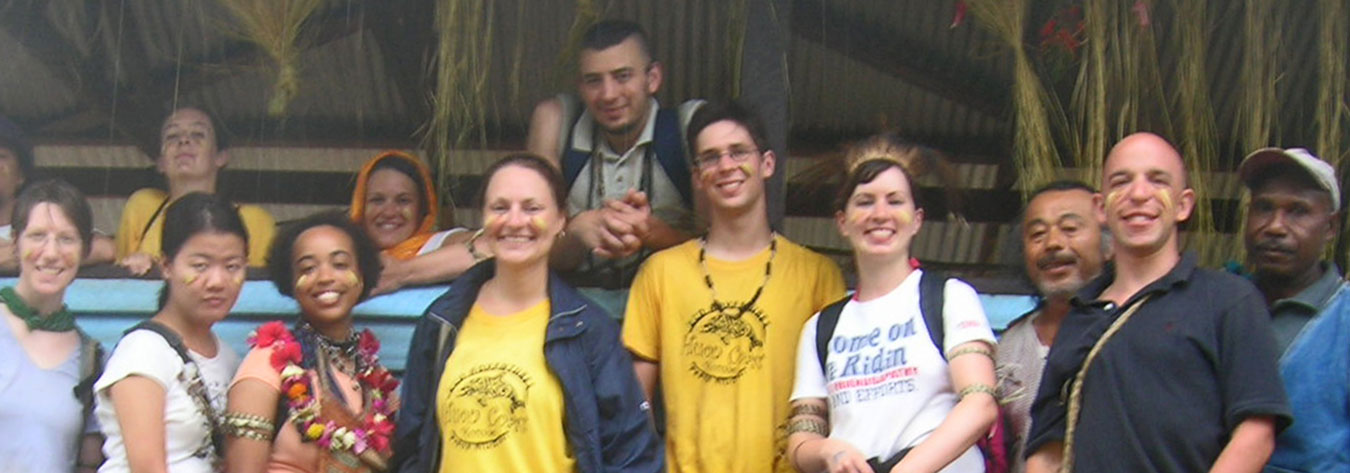Now in its 30th year, the Japan Exchange and Teaching (JET) Programme has welcomed more than 62,000 people from 65 countries to deliver grassroots international exchange between Japan and other nations. This column features former JET Programme participants who keep the idea of fostering mutual understanding firmly at heart.
I first heard about the Japan Exchange and Teaching (JET) Programme after graduating from university, when I was living in South Yorkshire. By working at two jobs—one for the Environment Agency and one for a charity in the evenings—I was saving enough money to travel around South America for six months.
I applied to the programme thinking that, if I got in, it would be a good opportunity to experience a new place while continuing to prepare financially for my adventure. Now into my 11th year in Japan, I am still looking forward to that trip to South America.
I spent two years on the programme (2005–07), in Niigata Prefecture, working as an assistant language teacher (ALT) in each step of the education system. I taught at three academic- and engineering-focused high schools, one junior high school and six elementary schools.
While the high school lessons tended to focus on reinforcing learned grammar patterns and expressions through realistic role-play, those for junior high and elementary pupils involved doing fun activities to spark interest in the language.
Outside of the classroom, I got involved with the Niigata Charity Musical, working with the Niigata International Charity Organization to stage a series of productions at theatres in the area.
After four months of set building, rehearsals and shows, we had raised enough money to build a school in Papua New Guinea and donate resources to six villages and their local schools.
Twenty of the Niigata cast and crew were fortunate enough to be able to visit the region and see how our donations were being used.
While on the JET Programme, the support I received from my teaching colleagues, other ALTs, the local community and both the prefectural and city boards of education was fantastic; it made living in a new country much easier than I had expected.
Because of the hospitality that had been shown to me, I was keen to continue living and working in Japan after my contract with the programme ended, so I took full advantage of the post-JET career fair. Within a few months, I had secured a job with a recruitment firm and was planning where to live in the Shibuya area.
The JET Programme creates ambassadors of Japan, thereby creating an amazing way in which the country is promoted, both domestically—when the participant remains in Japan—and abroad—when the participant returns to their home country.
In Tokyo, I’ve lost count of the number of people I’ve met over the past eight years who came to Japan with the JET Programme. Many of them have offered to help with introductions and given insights into their careers.
The alumni network in Tokyo has played a direct role in my career, with an assigned mentor having introduced me to my current employer, Custom Media K.K. Since joining the firm, I’ve built up my business experience and knowledge, having completed the Japan Market Expansion Programme and an MBA from Canada’s McGill University.
The programme also has given me opportunities to face new challenges, and provided experience that has proved valuable in the workplace. Meanwhile, I have gained direct insight into Japan’s people and traditions, through such activities as weeding for a community project, planting rice with schoolchildren and the elderly, and carrying a mikoshi (portable Shinto shrine) at a local festival.
I am still in touch with many of the Japanese and non-Japanese friends I made in Niigata. While some have returned to their respective home countries or journeyed elsewhere, others, like me, have stayed and put down roots, helping to improve ties between Japan and the non-Japanese community.







